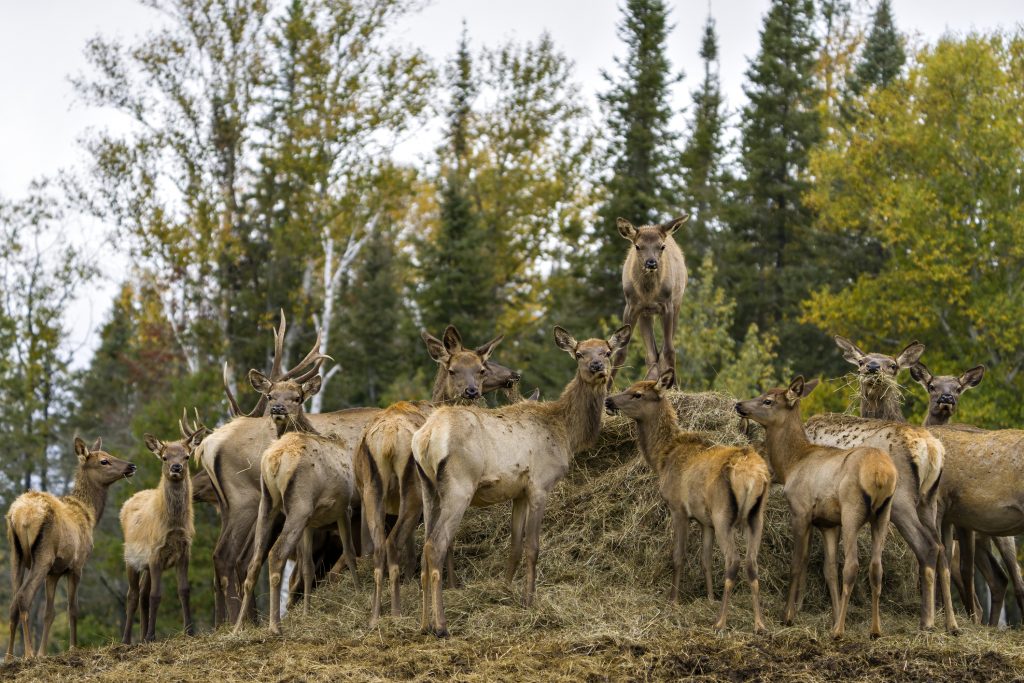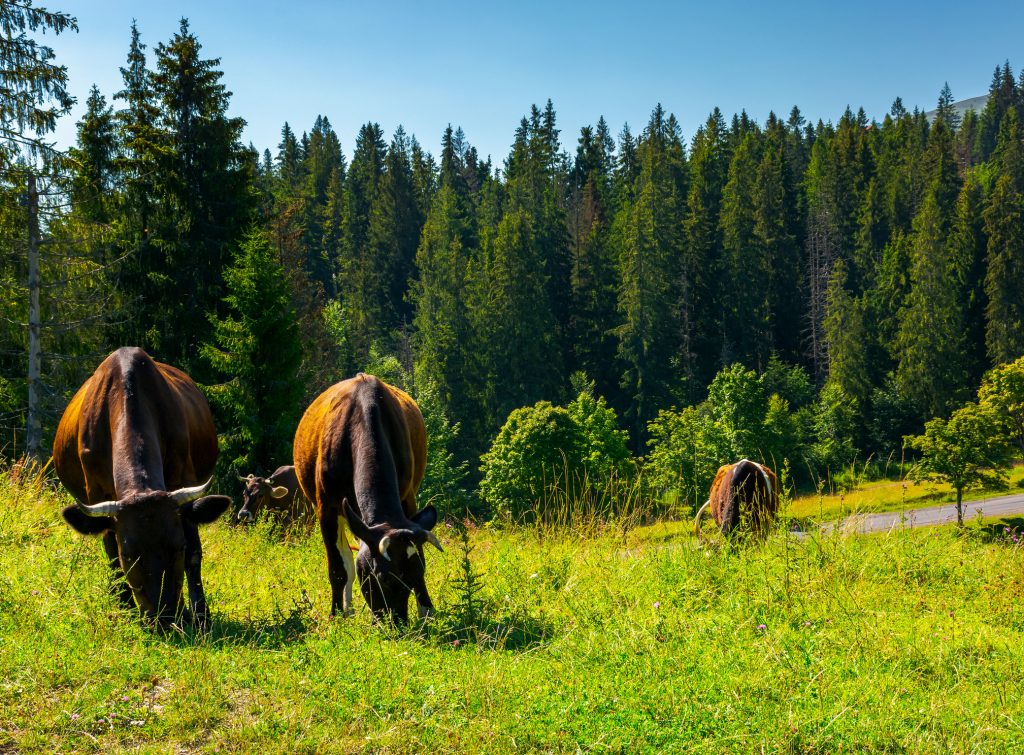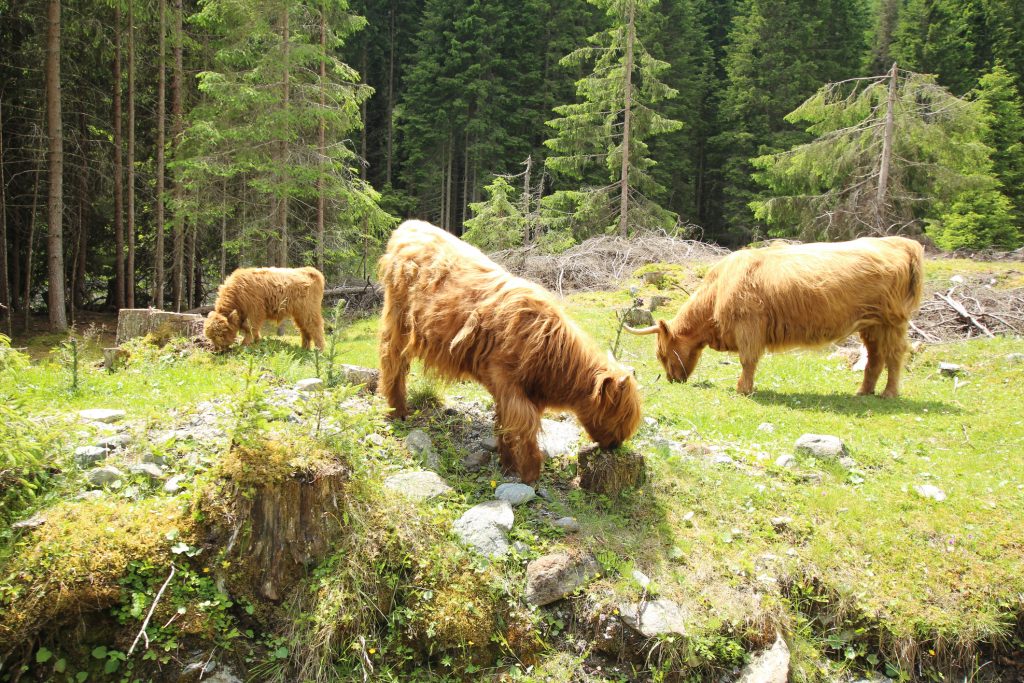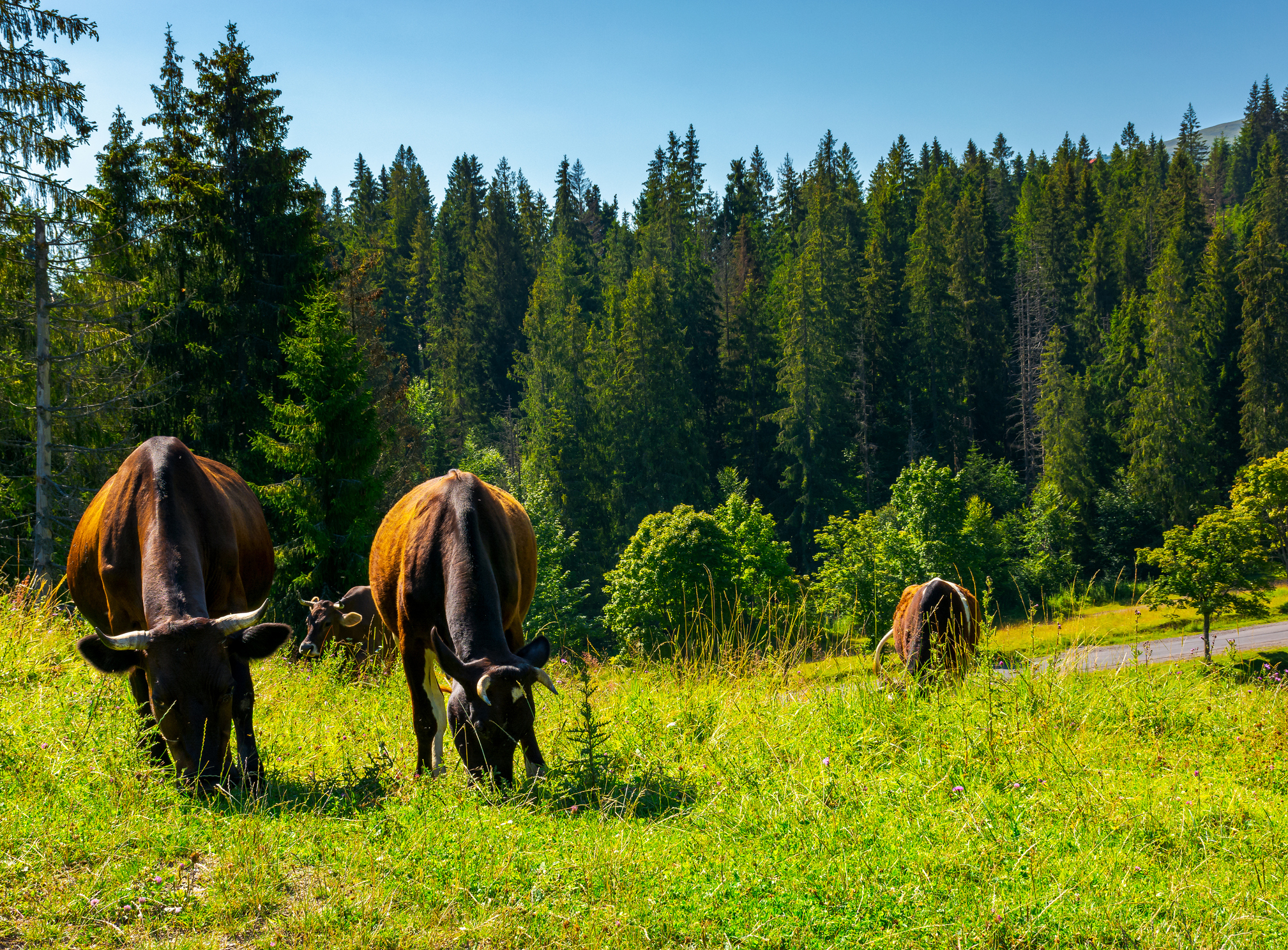A HOLISTIC APPROACH TO GRAZING AND ENHANCING ECOSYSTEMS WITH LIVESTOCK.
Adaptive herding is a management approach that seeks to achieve regenerative land use by mimicking the grazing patterns of wild herds. It is a system that focuses on the health of the entire ecosystem, not just the livestock, by using a holistic approach to land management.
Principles of Adaptive Herding
Adaptive herding involves the following five principles:
Mimic Nature
One of the primary principles of adaptive herding is to mimic the natural grazing patterns of wild herds. In the wild, herbivores move in large groups, graze heavily on an area for a short period, and then move on to a new area. This allows the land to rest and recover before the herbivores return. Adaptive herding seeks to replicate this natural pattern by moving livestock frequently to new grazing areas.

Monitoring and Movement
Monitoring the ecosystem is a crucial aspect of adaptive herding. By continually monitoring the plants and soil, herders can adapt their herd movements and predator effect for the appropriate amount of ground disturbance. This ensures that the land is not overgrazed, which can lead to soil degradation and reduced plant productivity.
Enhanced Rest and Recovery
Another important principle of adaptive herding is the need for appropriately long rest and recovery periods for the land. By allowing the land to rest, the grasses and other vegetation have a chance to recover, which can lead to more productive pastures in the long run.
Multiple Species
Adaptive herding involves using multiple species of livestock to graze an area. This allows for a more diverse range of grazing patterns, which can help improve soil health and provide a more balanced ecosystem.
Flexibility

Adaptive herding is a flexible system that allows for adjustments to be made based on changing environmental conditions. For example, if there is a drought, the herder can adjust the grazing patterns to minimize the impact on the land.
Benefits of Adaptive Herding
Adaptive herding has numerous benefits, including:
- Improved soil health
- Increased plant productivity
- Reduced soil erosion
- Increased biodiversity
- Improved water quality
- Reduced greenhouse gas emissions
- Improved animal health

By using Adaptive Herding practices, herders can improve the health of their land while also increasing the productivity of their livestock. This approach to grazing management is not only beneficial for the environment but also for the long-term sustainability of the farming operation. It is a flexible system that can be adjusted to changing conditions, making it a valuable tool for land managers and herders.

